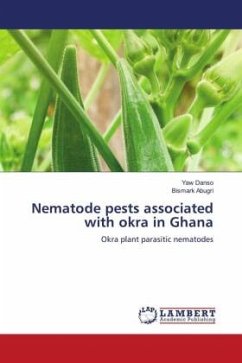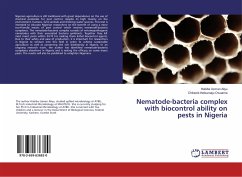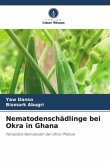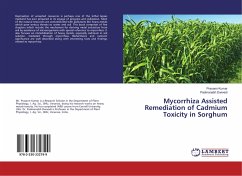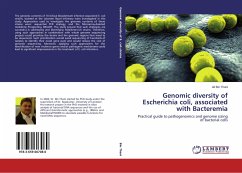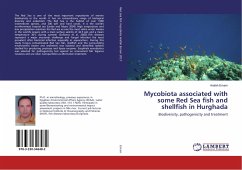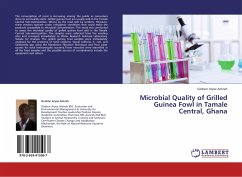Okra is susceptible to plant parasitic nematode infestation, especially Meloidogyne spp. Diversity, populations and distribution of plant-parasitic nematodes were assessed in six districts of Ghana between August and December, 2014. Two hundred and forty okra farmers were interviewed for their awareness about the plant parasitic nematode infestation menace in okra. One hundred and two (85%) and 66 (55%) of the farmers did not know that nematodes infest okra in the Moist Semi-deciduous Forest and Forest Savanna Transition agro-ecologies, respectively. Six plant parasitic nematode genera; Meloidogyne, Pratylenchus, Xiphinema, Helicotylenchus, Rotylenchulus and Scutellonema were found. All the nematode genera belong to the Order Tylenchida except Xiphinema, which belongs to the Order Dorylaimida. Meloidogyne was the most abundant (64.90% relative abundance) and found in all the areas surveyed. Xiphinema was the least abundant (0.05% relative abundance) and occurred only in the EjuraSekyedumase district.
Bitte wählen Sie Ihr Anliegen aus.
Rechnungen
Retourenschein anfordern
Bestellstatus
Storno

